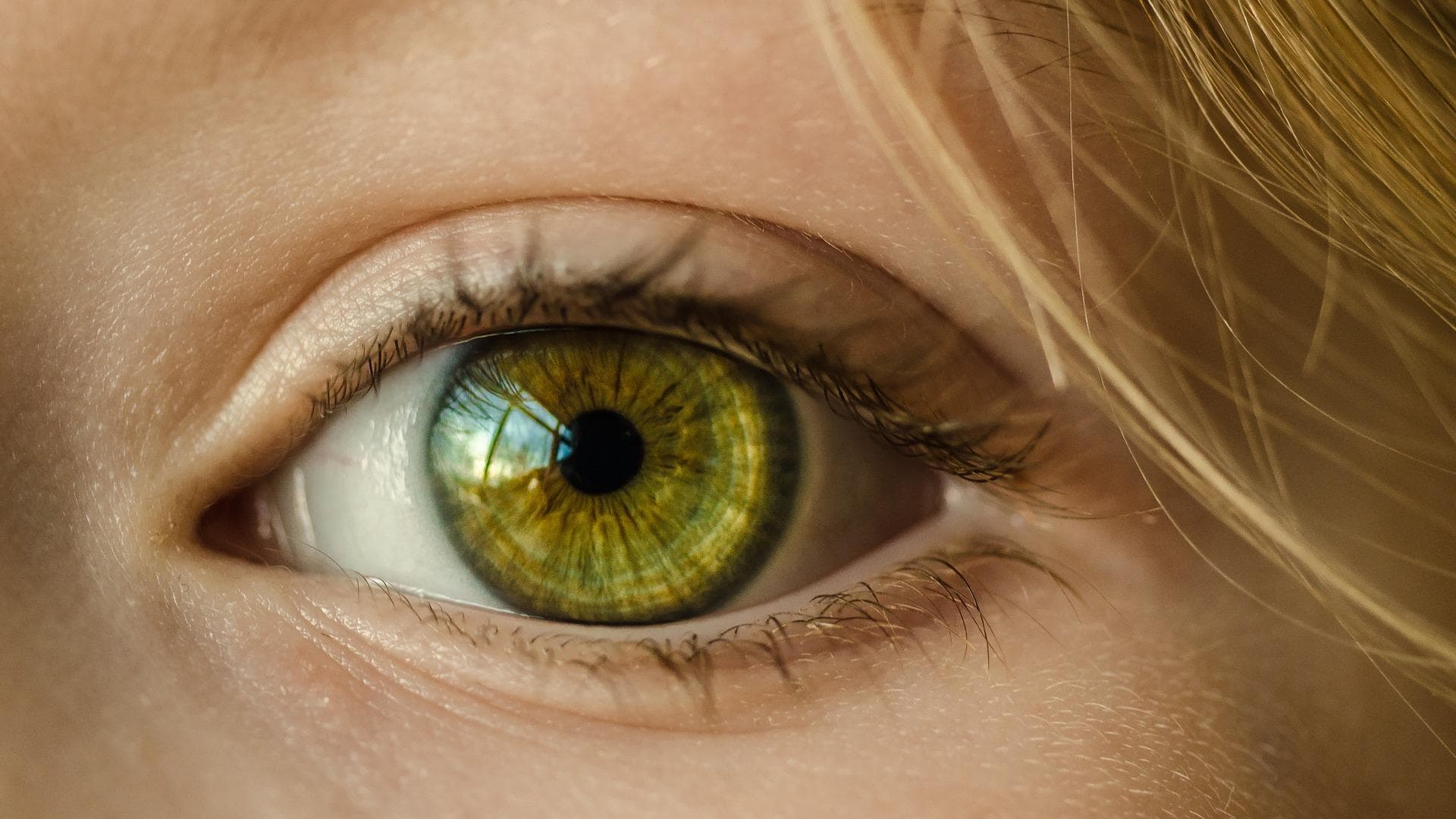Early detection of diseases such as Alzheimer’s and dementia increases the chance of them being contained. Scientists are now focusing on the eyes.
Castle / San Diego – Alzheimer’s disease It is one of the common diseases in Germany. The German Alzheimer’s Association An estimated 1.6 million people are affected – and the trend is rising. About 300,000 new cases are added each year. To properly treat dementia, early recognition of the disease is essential.
Symptoms are often only recognized when Alzheimer’s disease is advanced. Lots of research has shown a new way to diagnose dementia at an early stage.
Recognizing Alzheimer’s disease: Dementia should be visible to the eye
Alzheimer’s disease is considered incurable. A timely diagnosis can be important when dealing with the disease in order to start the initial treatment procedures. The brain is usually the focus of Alzheimer’s disease research. So far, the main focus of research has been on the effect of different protein deposits on human memory.
Clumping tau proteins and a buildup of protein plaques negatively affect neurons in the brain region – killing important neurons. Neurological dysfunction occurs and the typical Alzheimer’s disease develops forgetfulness.
According to experts, Alzheimer’s disease can be seen in the eye. (icon image)
© imago
Small deficits in memory are often the first sign of Alzheimer’s disease. Researchers at the University of San Diego in California have discovered a new way to recognize dementia before the first symptoms appear. The movement of the pupils must be decisive. The researchers published their findings in an online database direct science.
Detect Alzheimer’s early – pupillary reflexes are critical
Alzheimer’s disease is known to begin with the accumulation of certain proteins in the brain. The research team from the University of San Diego noted that in the case of dementia, the “Locus coeruleus” brain region is attacked first. This part of the brain determines, among other things, the dilation of the pupils and can be damaged due to the deposition of so-called tau proteins.
Increased risk of dementia from processed meat? Study with amazing numbers
Using cognitive tests, the researchers examined the pupil reflexes of 1,119 people tested, who were divided into two groups. The following statement was made: In tasks requiring mental and cognitive effort, the pupils of people at risk of developing Alzheimer’s disease dilated significantly more than healthy people – even if they performed well on tests.
Based on the pupil dilation, the first cognitive impairment could be recognized, so that both groups achieved equivalent results. Study leader Professor William Kramer sees pupillary reflexes as a valid way to diagnose dementia: “Measuring pupillary reactions during cognitive tasks could be another screening tool for detecting Alzheimer’s disease before symptoms appear.”
Diagnosis of dementia: How reliable is the pupillary reflex?
It has been clinically proven that there is a relationship between deposits of tau proteins “Locus coeruleus” and the reaction of the pupil. Even if examining pupils is a possible way to diagnose Alzheimer’s disease in a preliminary study, more large-scale studies are necessary to scientifically confirm this assumption. (NS)
Rating Lists List: © Imago







